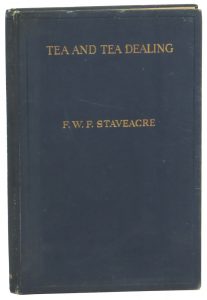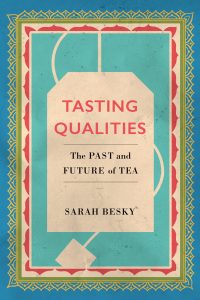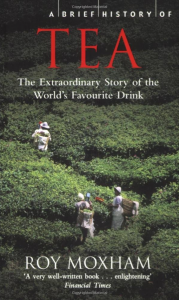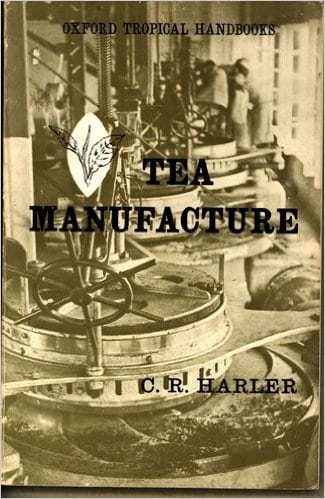Unsurprisingly, I picked this book out at the library for its blending section. I like reading first-hand, antiqued accounts of what goes into blends, and many of these works include sample recipes with the logic behind them. It puts a lot of stuff into context. Learning about old tea preferences, old blending nomenclature. I also come across a lot of defunct tea names.
These I’ve started keeping a log of (oonfa, oopack) to try and puzzle out what they’re referring to. Mbanu’s notes on teaforum.org help greatly; he’s done basically 100% of the legwork.







